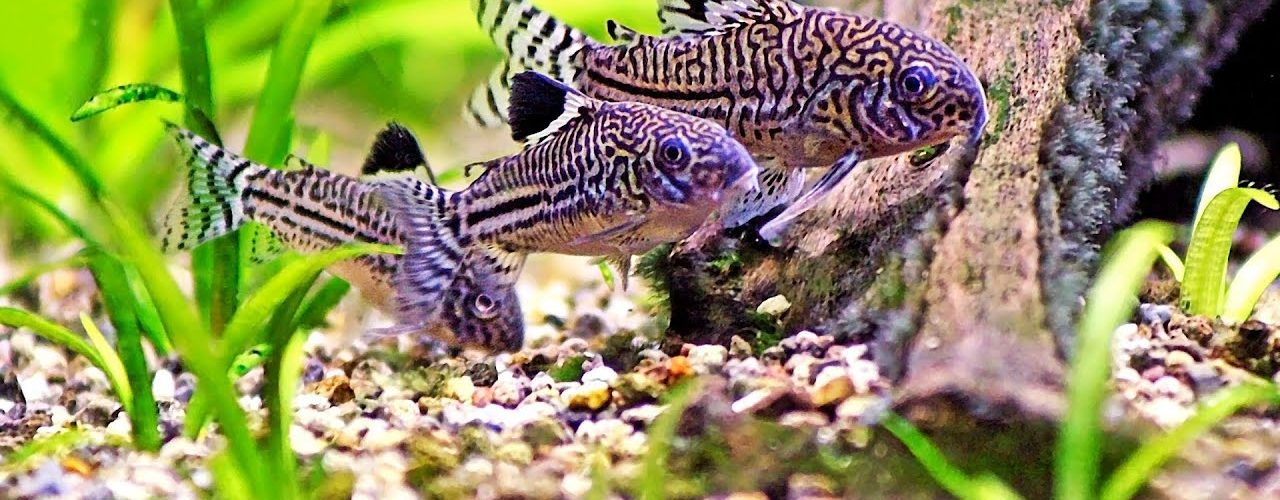Cleaning a fish tank can be daunting task, especially for a large aquarium. Many first-time aquarium owners mistakenly believe that fish tanks must be cleaned thoroughly once a week. That’s not the case. Cleaning the fish tank can be a stressful experience for the person doing the cleaning, but it’s also a stressful experience for the fish and other creatures that live in the tank.
Most aquarium enthusiasts recommend that weekly fish tank cleaning be done by removing about 15% to 20% of the water in the tank and replacing it with fresh water. If the tank is exceptionally dirty, 25% to 30% of the water may be removed. Most experts caution against removing more than 50% of the water on a weekly basis because it would disrupt the ecosystem within the tank and potentially cause the fish to become sick. A certain level of algae and various bacteria is necessary to maintain the health of the ecosystem.
As with most tasks, preparation is crucial. It’s important to gather the proper equipment before you start cleaning so that you don’t have to rush off to find something half-way through the job. You can find almost all of these items in your local pet shop. A basic checklist includes:
Algae pad/scraper
Siphon
Large bucket (ideally more than 5 gallons)
Gravel vacuum
Dechlorinator or other chemical additive
Dechlorinated Water
Ammonia-free cleaner or vinegar
Once you’ve accumulated all the equipment, it’s time to get started.
The first thing to do is to prepare the dechlorinated water. Tap water usually contain traces of chlorine and other chemicals that may be harmful to your fish, so you’ll need to prepare the fresh water before you put it in the tank. Since the formula for different dechlorinator brands vary, follow the instructions on the dechlorinator to ensure the right amount is added to your tap water.
Next, shut off all electricity to the fish tank. Then grab the bucket and siphon and transfer the dirty water (remember, about 15-20%) to the bucket. Don’t throw away the dirty water yet, as there will be use for it later.
Use the algae pad or scraper to clean off the algae on the inside of the tank if there is too much growth. If there are decorations in the tank, take them out to clean them only if they’re too dirty. Lastly, use the siphon and gently siphon the gravel out of the tank so that it can be cleaned. Lots of sediments can settle in the gravel, so it’s worth the extra work.
Next, clean the outside of the fish tank if it looks smudgy. It’s best to use vinegar for this job since regular glass cleaners contain ammonia and can be toxic to the fish if accidentally sprayed into the tank.
Now, remove the tank filter and rinse it in the dirty water that you saved. This is a good way to remove any pieces of sediments in the filter without killing the beneficial bacteria in the tank.
To finish up, pour the dechlorinated water prepared earlier back into the tank. Replace the filter and any decorations you’ve removed. Plug the electricity back in for the tank, and sit back to enjoy your fish in their clean tank!



